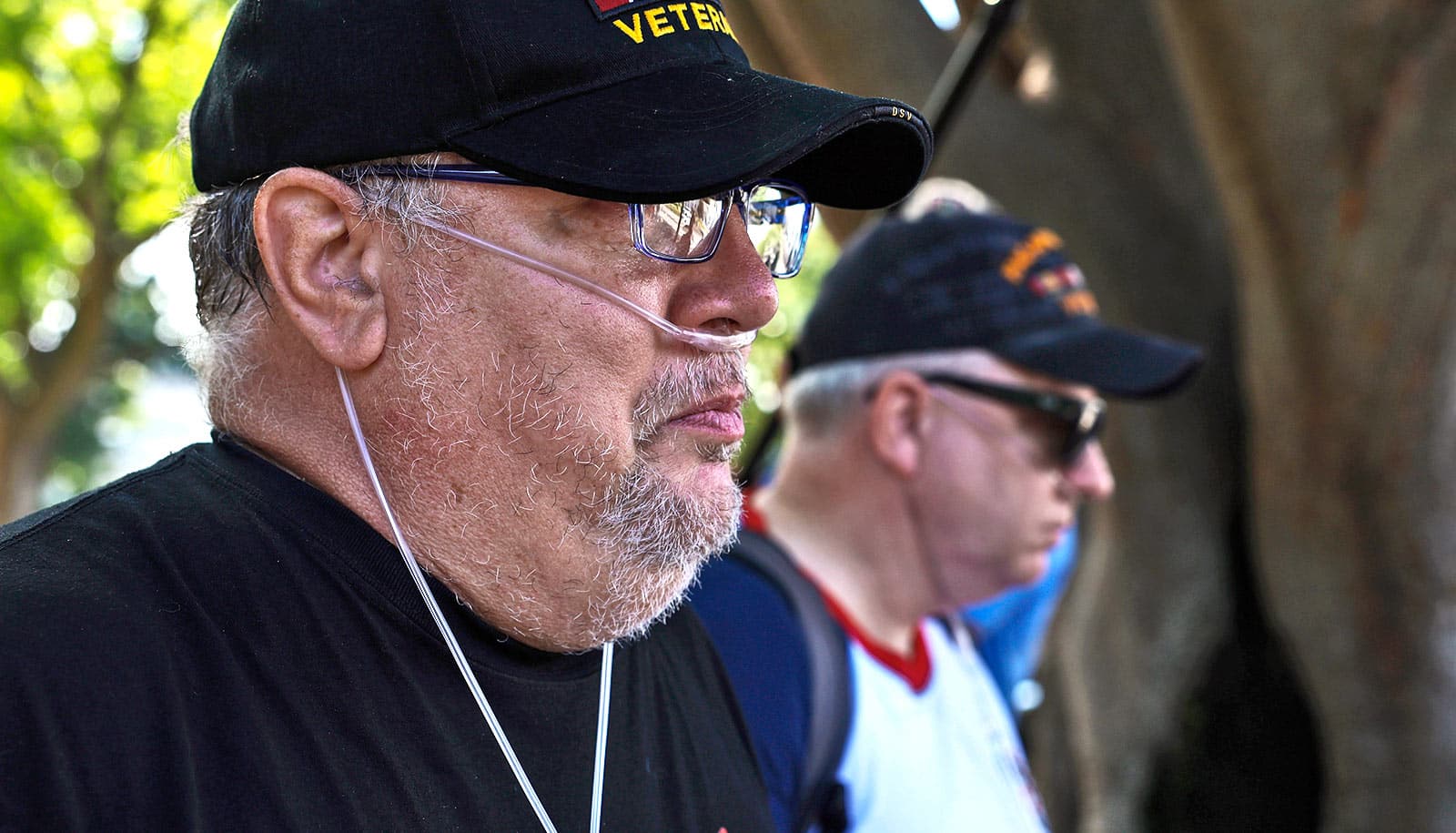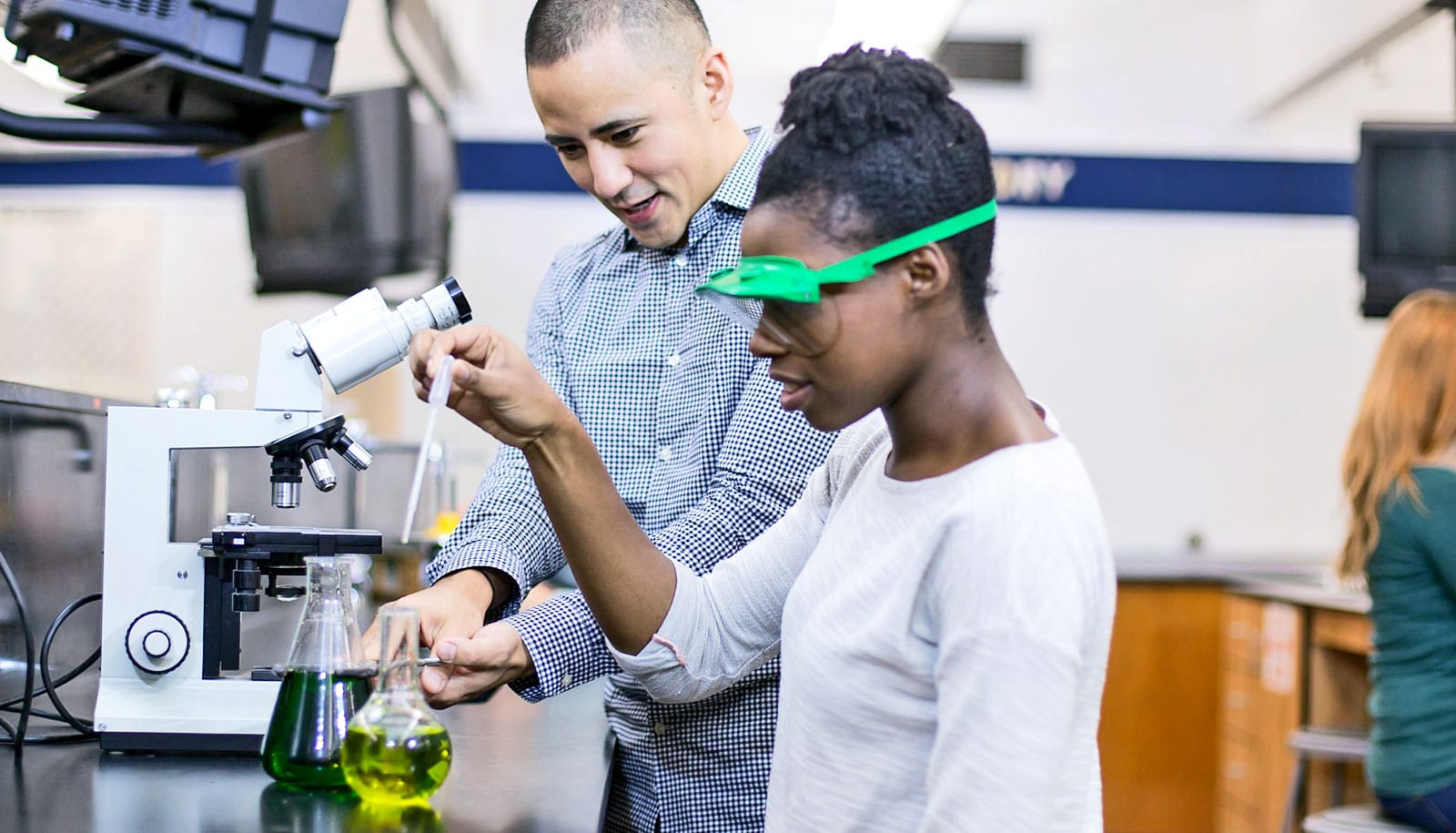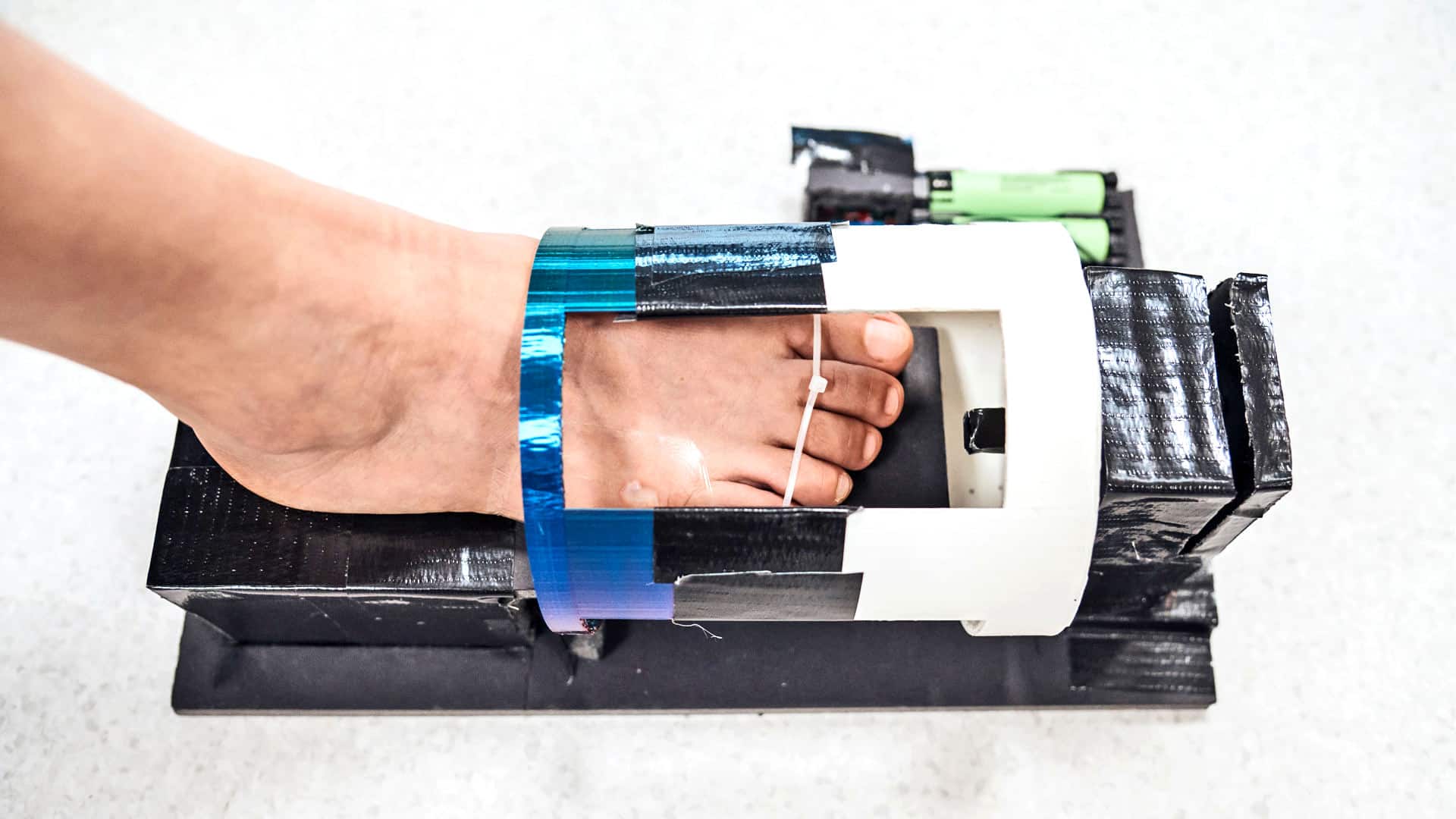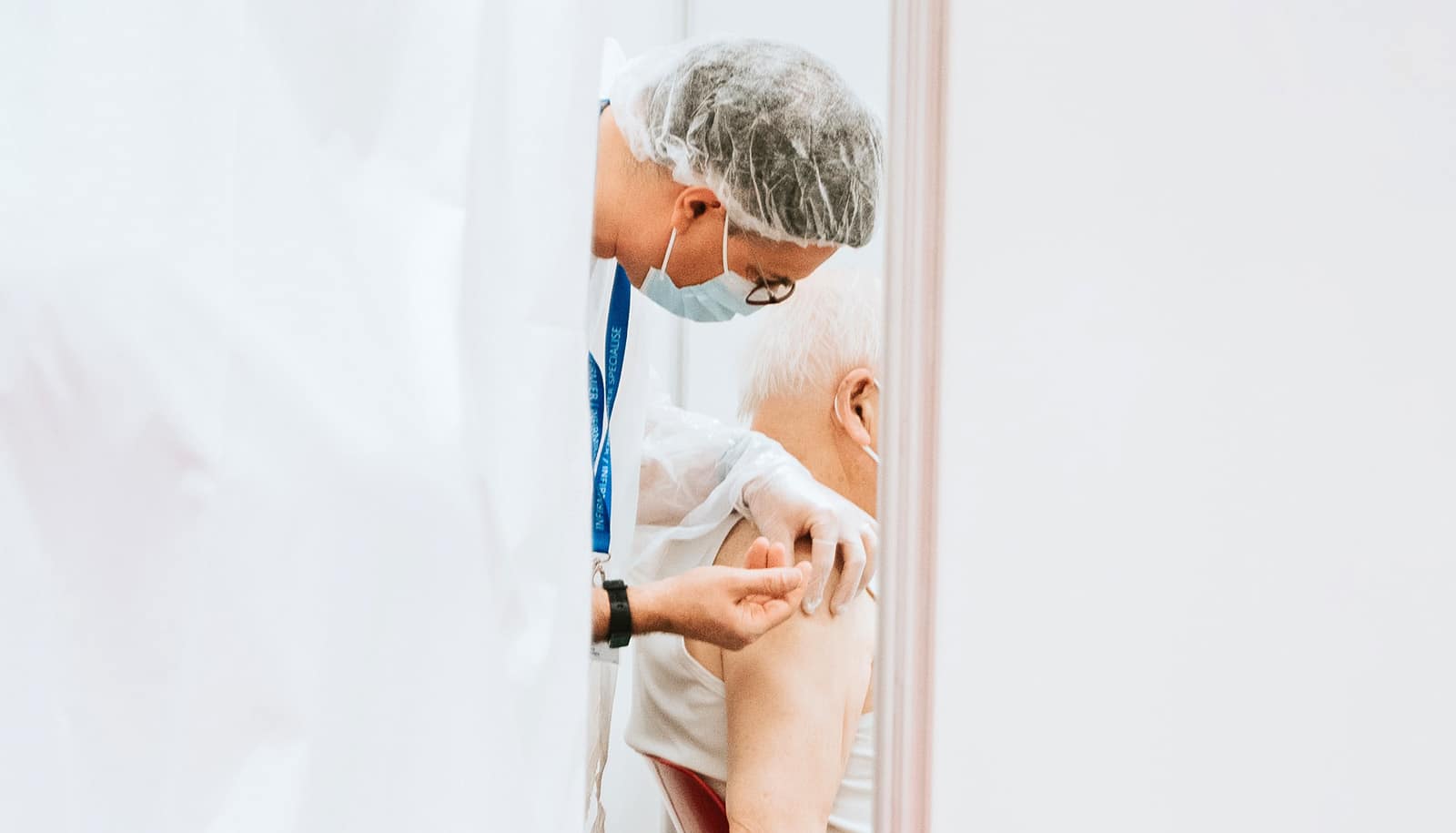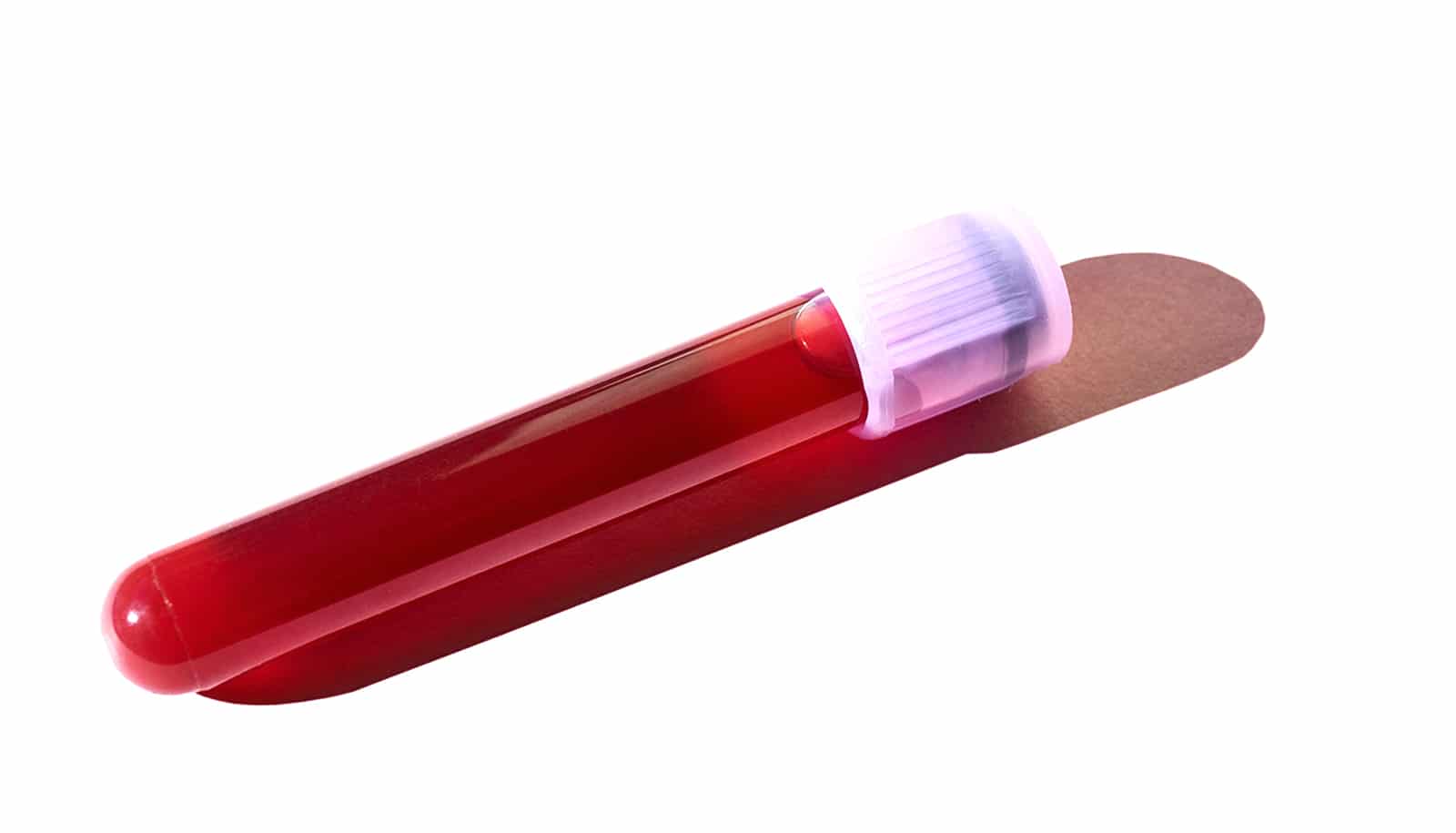Anyone who’s ever done a belly flop into a swimming pool knows it ends with a blunt-sounding splat, a big splash, and a searing red sting. Now researchers know why.
Daniel Harris says the physics behind the phenomenon aren’t too complex. What happens—and what makes it so painful, he explains—is that the forces from the water surface put up a fierce resistance to the body suddenly going from air to water, which is often still.
“All of a sudden, the water has to accelerate to catch up to the speed of what’s falling through the air,” says Harris, assistant professor in the School of Engineering at Brown University who studies fluid mechanics. “When this happens, that large reaction force is sent back to whatever’s doing the impacting, leading to that signature slam.”
How and why this happens in fluid mechanics isn’t just important for developing a prize-winning belly flop for competitions, or dolling out pool-party trivia on why belly flops hurt so much.
The understanding is critical to naval and marine engineering, which often have structures that need to survive high-impact air-to-water slamming forces. For that reason, the phenomenon has been studied thoroughly for the past century.
As reported in the Journal of Fluid Mechanics, the researchers set up a belly flop-like water experiment using a blunt cylinder but adding an important vibrating twist to it, which ultimately led them to counterintuitive findings.
“Most of the work that’s been done in this space looks at rigid bodies slamming into the water, whose overall shape doesn’t really change or move in response to the impact,” Harris says. “The questions that we start to get at are: ‘What if the object that’s impacting is flexible so that once it feels the force it can either change shape or deform? How does that change the physics and then, more importantly, the forces that are felt on these structures?”
To answer that, the researchers attached a soft “nose” to the body of their cylinder, referred to as an impactor, with a system of flexible springs.
Graduate student and coauthor John Antolik explains the idea is that the springs—which act in principle similar to the suspension of a car—should help soften the impact by distributing the impact load over a longer period.
This strategy has been floated as a potential solution for reducing sometimes catastrophic slamming impacts in air-to-water transitions, but few experiments have ever looked closely at the fundamental mechanics and physics involved.
For this experiment, the researchers dropped the cylinder repeatedly into still water and analyzed both the visual results and data from sensors embedded inside the cylinder.
This is where the unexpected happened.
The results show that while the strategy can be effective, surprisingly, it doesn’t always soften the impact. In fact, contrary to conventional thinking, sometimes the more flexible system can increase the maximum impact force on the body as compared to a fully rigid structure.
This forced the researchers to dig deeper. Through extensive experiments and by developing a theoretical model, they found their answer. Depending on the height from which the impactor is dropped and how stiff the springs are, the body will not only feel the impact from the slam but it will also feel the vibrations of the structure as it enters the water, compounding the slamming force.
“The structure is vibrating back and forth due to the violent impact, so we were getting readings from both the impact of hitting the fluid and an oscillation because the structure is shaking itself,” Harris says. “If you don’t time those right, you can basically make the situation worse.”
The researchers found the key was the springs: they have to be soft enough to gently absorb the impact without leading to more rapid vibrations that add to the overall force.
Working in Brown’s Engineering Research Center, Antolik recorded the experiments using high-speed cameras and used an impact measurement tool called an accelerometer. “The whole back corner gets a little bit wet when I’m doing the experiments,” he jokes.
As for swimmers looking to lessen the pain from their next belly flop, the key may be trying to cushion the impact of the slamming forces, perhaps with a padded wet-suit or some type of material or object with a spring to it.
“I suppose the moral of our story would be that the material should be chosen wisely so as to not make the situation worse,” Harris says.
The researchers are now looking at next steps in their research line, taking inspiration from diving birds.
“Biological studies of these birds have shown that they perform certain maneuvers as they enter the water to improve the conditions so they don’t experience such high forces,” Antolik says. “What we’re moving towards is trying to design what is essentially a robotic impactor that can perform some active maneuver during water entry to do the same for blunt objects.”
Additional coauthors are from the Naval Undersea Warfare Center and Brigham Young University. The Office of Naval Research and Naval Undersea Warfare Center supported the work.
Source: Brown University


